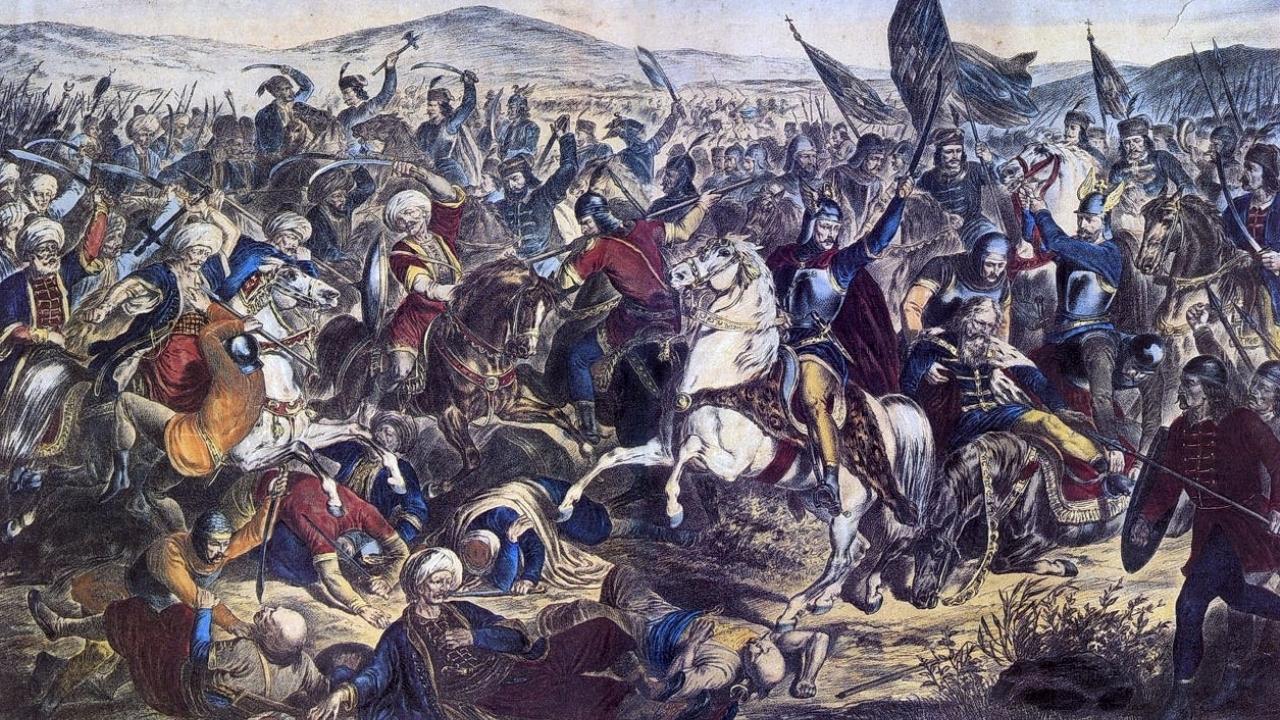
What was the Siege of Bursa? The Siege of Bursa was a pivotal event in the early 14th century that marked the rise of the Ottoman Empire. This siege, lasting from 1317 to 1326, saw the Ottomans, led by Osman I and later his son Orhan, capture the city of Bursa from the Byzantine Empire. Bursa's fall was significant because it became the first major capital of the Ottoman Empire, setting the stage for future conquests. The city's strategic location and resources provided a strong foundation for the burgeoning empire. Understanding this event helps us grasp how a small principality transformed into a dominant force in history.
Key Takeaways:
- The Siege of Bursa, led by Osman I, marked the Ottoman Empire's rise. It boosted morale, paved the way for future conquests, and shaped Bursa's cultural and architectural legacy.
- Bursa's capture was a game-changer, leading to Ottoman expansion and influencing modern-day tourism and cuisine. It's a living testament to history and cultural heritage.
The Siege of Bursa: A Turning Point in History
The Siege of Bursa marked a significant event in the history of the Ottoman Empire. This siege not only showcased military prowess but also set the stage for future conquests. Here are some fascinating facts about this historic event.
- The Siege of Bursa took place from 1317 to 1326, lasting nearly a decade.
- Bursa was the first major city captured by the Ottomans, making it their initial capital.
- The siege was led by Osman I, the founder of the Ottoman Empire.
- Bursa's strategic location made it a valuable target due to its proximity to Constantinople.
- The city's capture allowed the Ottomans to control key trade routes in the region.
Key Figures and Strategies
The success of the siege can be attributed to the brilliant strategies and leadership of key figures. Let's delve into the masterminds behind this historic event.
- Orhan Gazi, Osman's son, played a crucial role in the siege and later became the second Ottoman Sultan.
- The Ottomans used a combination of direct assaults and blockades to weaken Bursa's defenses.
- Byzantine Emperor Andronikos II Palaiologos attempted to relieve the city but failed.
- The Ottomans employed psychological warfare, spreading rumors to demoralize the city's defenders.
- Siege towers and battering rams were used to breach Bursa's formidable walls.
The Aftermath and Impact
The fall of Bursa had far-reaching consequences for both the Ottomans and the Byzantine Empire. Here are some key outcomes of the siege.
- Bursa became the Ottoman capital until 1366, when Edirne took its place.
- The city's capture marked the decline of Byzantine influence in the region.
- Bursa's fall boosted Ottoman morale and encouraged further conquests.
- The Ottomans established administrative and military structures in Bursa, laying the groundwork for future governance.
- Bursa's silk industry flourished under Ottoman rule, becoming a major economic hub.
Cultural and Architectural Legacy
The siege and subsequent Ottoman rule left a lasting cultural and architectural legacy in Bursa. Let's explore some of these contributions.
- The Ottomans built numerous mosques, including the famous Grand Mosque of Bursa.
- Bursa became a center for Islamic learning and culture.
- The city is home to many historical tombs, including that of Osman I.
- Ottoman architecture in Bursa influenced later constructions in the empire.
- The city's thermal baths, dating back to Roman times, were restored and expanded by the Ottomans.
The Role of Bursa in Ottoman Expansion
Bursa's capture was a stepping stone for the Ottomans, enabling further expansion into Europe and Asia. Here are some ways in which Bursa contributed to this growth.
- The city's strategic location facilitated the movement of troops and supplies.
- Bursa served as a base for launching campaigns into the Balkans.
- The wealth generated from Bursa's industries funded future military endeavors.
- The city's fall demonstrated the effectiveness of Ottoman siege tactics, which were used in later conquests.
- Bursa's integration into the Ottoman Empire helped unify the diverse regions under Ottoman control.
Modern-Day Bursa: A City of History and Culture
Today, Bursa stands as a testament to its rich history and cultural heritage. Here are some interesting facts about modern-day Bursa.
- Bursa is a UNESCO World Heritage Site, recognized for its historical significance.
- The city is known for its thermal baths and spa resorts, attracting tourists from around the world.
- Bursa's annual International Silk Road Festival celebrates its historical role in the silk trade.
- The city's culinary scene is famous for dishes like İskender kebap and chestnut candy.
- Bursa continues to be a vibrant cultural and economic center in Turkey.
The Siege of Bursa: A Turning Point in History
The Siege of Bursa marked a significant moment in the Ottoman Empire's rise. This event, which lasted from 1317 to 1326, showcased the strategic brilliance of Osman I and his son Orhan. Capturing Bursa not only provided a new capital but also a strong economic base. The city's fall signaled the decline of the Byzantine Empire in Anatolia. This victory paved the way for future conquests, including Constantinople. Bursa's rich history and cultural heritage continue to attract historians and tourists alike. Understanding this siege helps grasp the broader narrative of the Ottoman expansion. The legacy of this event remains evident in modern Turkey, reflecting the enduring impact of historical milestones.
Frequently Asked Questions
Was this page helpful?
Our commitment to delivering trustworthy and engaging content is at the heart of what we do. Each fact on our site is contributed by real users like you, bringing a wealth of diverse insights and information. To ensure the highest standards of accuracy and reliability, our dedicated editors meticulously review each submission. This process guarantees that the facts we share are not only fascinating but also credible. Trust in our commitment to quality and authenticity as you explore and learn with us.
